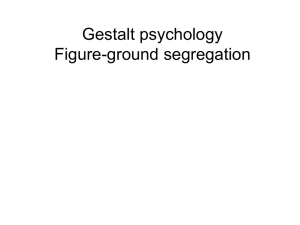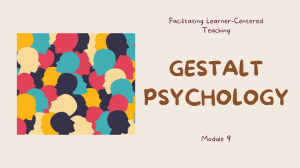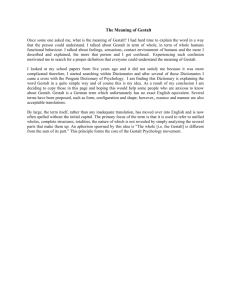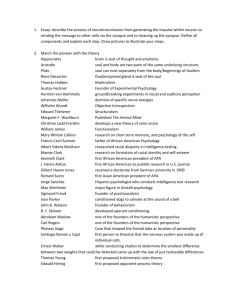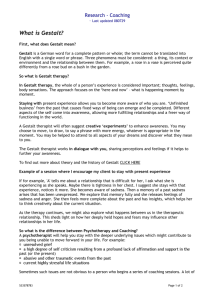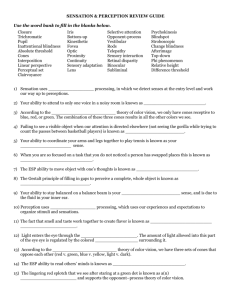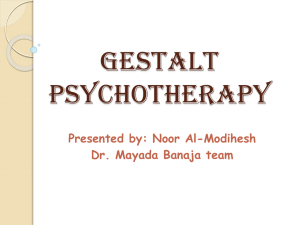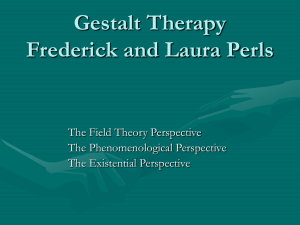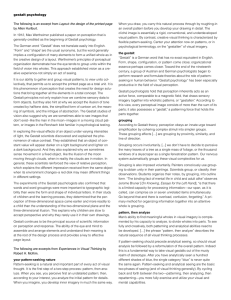AP Psych: Bird Name: Unit 1 Review Sheet Test Topics
advertisement
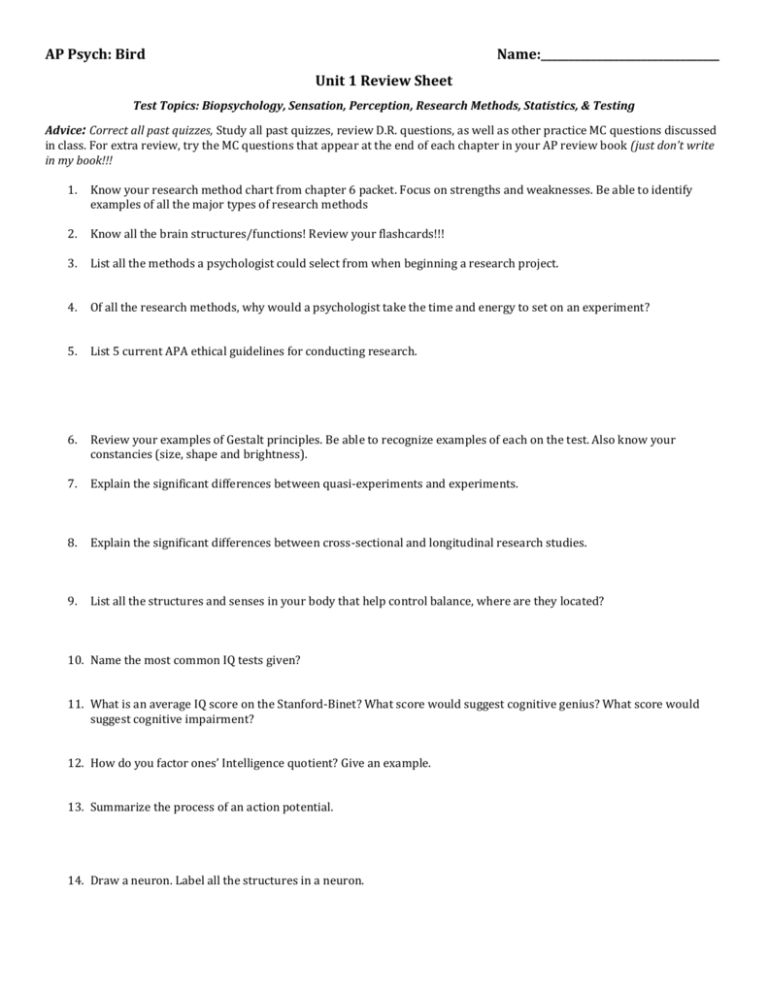
AP Psych: Bird Name:________________________________ Unit 1 Review Sheet Test Topics: Biopsychology, Sensation, Perception, Research Methods, Statistics, & Testing Advice: Correct all past quizzes, Study all past quizzes, review D.R. questions, as well as other practice MC questions discussed in class. For extra review, try the MC questions that appear at the end of each chapter in your AP review book (just don’t write in my book!!! 1. Know your research method chart from chapter 6 packet. Focus on strengths and weaknesses. Be able to identify examples of all the major types of research methods 2. Know all the brain structures/functions! Review your flashcards!!! 3. List all the methods a psychologist could select from when beginning a research project. 4. Of all the research methods, why would a psychologist take the time and energy to set on an experiment? 5. List 5 current APA ethical guidelines for conducting research. 6. Review your examples of Gestalt principles. Be able to recognize examples of each on the test. Also know your constancies (size, shape and brightness). 7. Explain the significant differences between quasi-experiments and experiments. 8. Explain the significant differences between cross-sectional and longitudinal research studies. 9. List all the structures and senses in your body that help control balance, where are they located? 10. Name the most common IQ tests given? 11. What is an average IQ score on the Stanford-Binet? What score would suggest cognitive genius? What score would suggest cognitive impairment? 12. How do you factor ones’ Intelligence quotient? Give an example. 13. Summarize the process of an action potential. 14. Draw a neuron. Label all the structures in a neuron. 15. Review the function of all the neuron structures. Know the correct order of operation of a firing neuron. 16. What is the most basic structure of the human nervous system? 17. When conducting research, what makes a good sample? 18. Explain the difference between random selection and random assignment. 19. What therapy did Albert Ellis devise? Summarize his form of therapy. 20. Name all the Gestalt psychologists (remember Gestalt therapy, not just perception Gestalt). 21. Summarize Gestalt therapy. 22. Give an example of sensory habituation or sensory adaptation. 23. Review figuring mean, median and mode. What is bimodal or multimodal? 24. Find the median of the following set of numbers: 3, 5, 8, 2, 10 , 4 , 6 , 7, 5, 8 25. Define MRI, PET, EEG and CT. Know how to distinguish between them. 26. Which has a stronger correlation coefficient? -1.00 or +1.00 27. Give an example of a weak correlation coefficient. 28. Define the function of the following neurotransmitters, as well as illness associated with too much and/or too little of each: a. Serotonin b. Endorphins c. Dopamine d. Epinephrine e. GABA f. Acetylcholine 29. Know all the function of each component of the nervous system (review related handouts): a. CNS b. PNS c. SNS d. ANS e. SympNS f. ParaNS 30. Describe the following: a. Klinefelter b. Huntington’s c. Turner’s d. PKU e. Tay-Sachs f. Down Syndrome 31. Give a synonym for reliability. 32. Define validity. 33. Define the 5 types of validity (pg 203). 34. Define and give an example of an achievement test. Define and give an example of an aptitude test. 35. Read page 208, describe ALL the types of intelligences. Don’t forget Gardner, Sternberg and emotional intelligence. 36. Define heritability and how it relates to intelligence (pg 210). 37. What is the difference between independent and dependent variables in an experiment? 38. Review your endocrine system: List all the parts of it. 39. Which gland is the master gland and why? 40. Damage to the brain that causes language disturbances is called______________________. 41. List two areas of the brain, that when damaged, cause language disturbances (be sure to include where they are located in the brain). 42. What is contralaterality? Give a specific example of it. 43. Summarize Weber’s Law. 44. Give a real life example of absolute threshold. 45. List all the binocular cues and define them. 46. List all the monocular cues. 47. List the other name for middle ear. List the other name for hammer, anvil and stirrup. 48. Explain how signal-detection varies from absolute threshold and difference threshold. What other perception term/s is signal detection most similar to?
